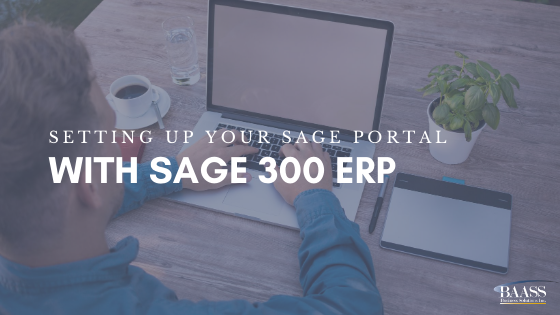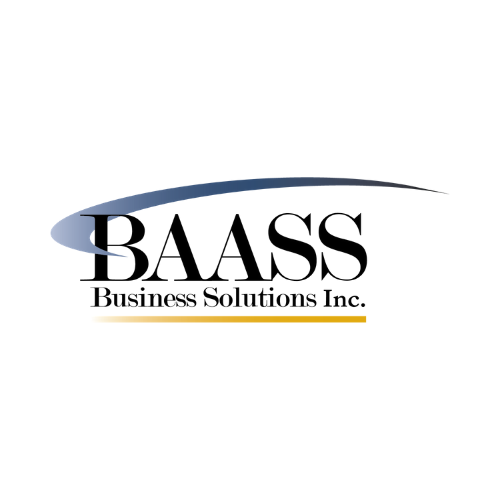
Setting up the Sage Portal for Sage 300 ERP can tend to be pretty tricky. The first step in a successful implementation is making sure you have the proper foundation to install onto. The foundation for the Sage Portal is:
Internet Information Services, also known as IIS.
Sage’s Portal installation guide helps you through the process and suggests that you install specific IIS components. After running into issues getting the Sage Portal Setup, Sage tech support shared a more inclusive list of IIS components to install that gives you a better chance of success when installing Sage Portal for Sage300.
Compare the following list with the ones installed under Role Service and install any roles that are missing from the list below:
- Commom HTTP Features
- Static Content
- Default Document
- Directory Browsing
- HTTP Errors
- HTTP Redirection
- Application Development
- ASP.NET
- .Net Extensibility
- ISAPI Extensions
- ISAPI Filters
- Health and Diagnostics
- HTTP Logging
- Logging Tools
- Request Monitor
- Tracing
- Security
- Basic Authentication
- Windows Authentication
- Client Certificate Mapping Authentication
- URL Authorization
- Request Filtering
- IP and Domain Restrictions
- Performance
- Static Content Compression
- Dynamic Content Compression
- Management Tools
- IIS Management Console
- IIS Management Scripts and Tools
- Management Service
